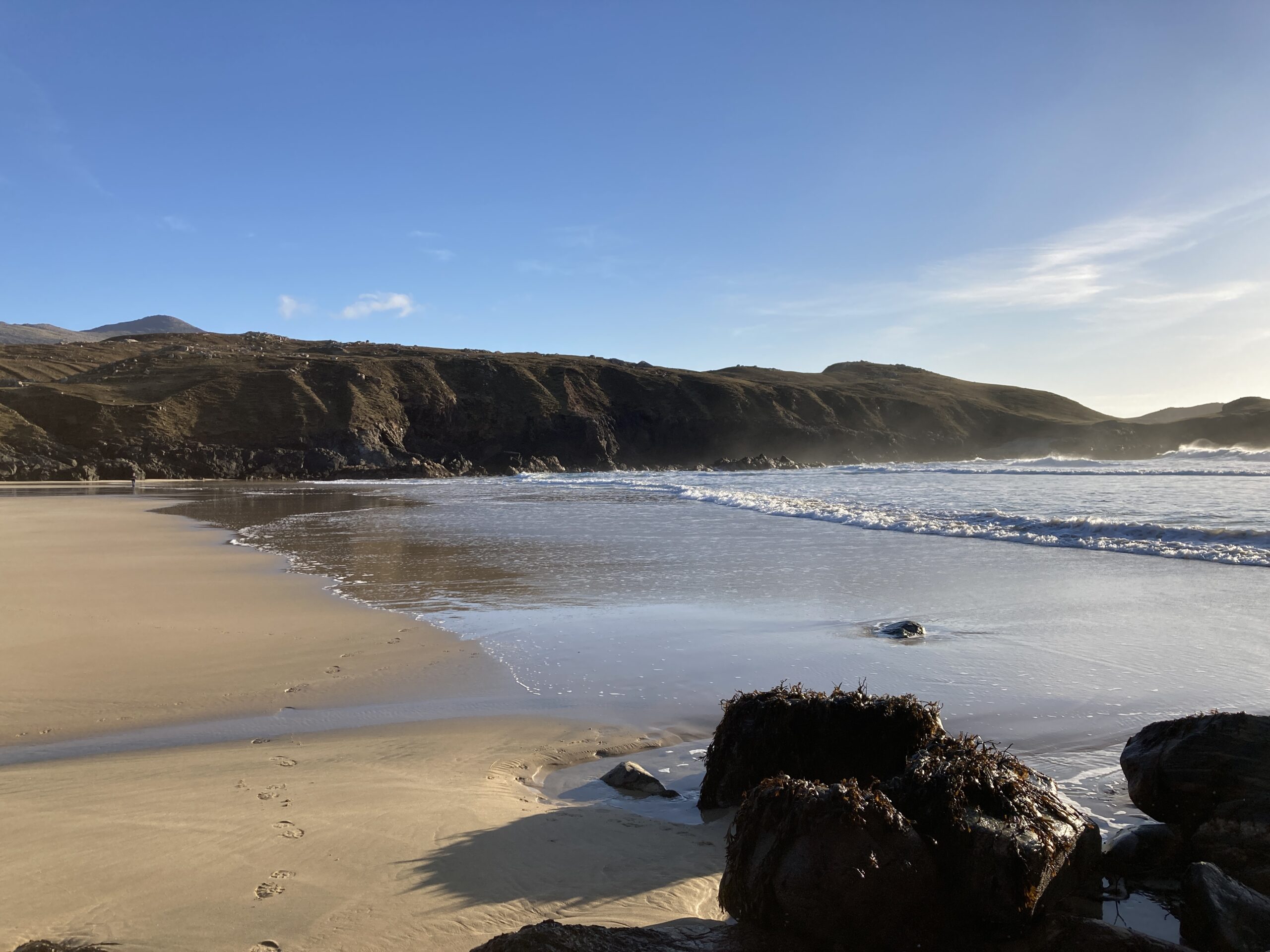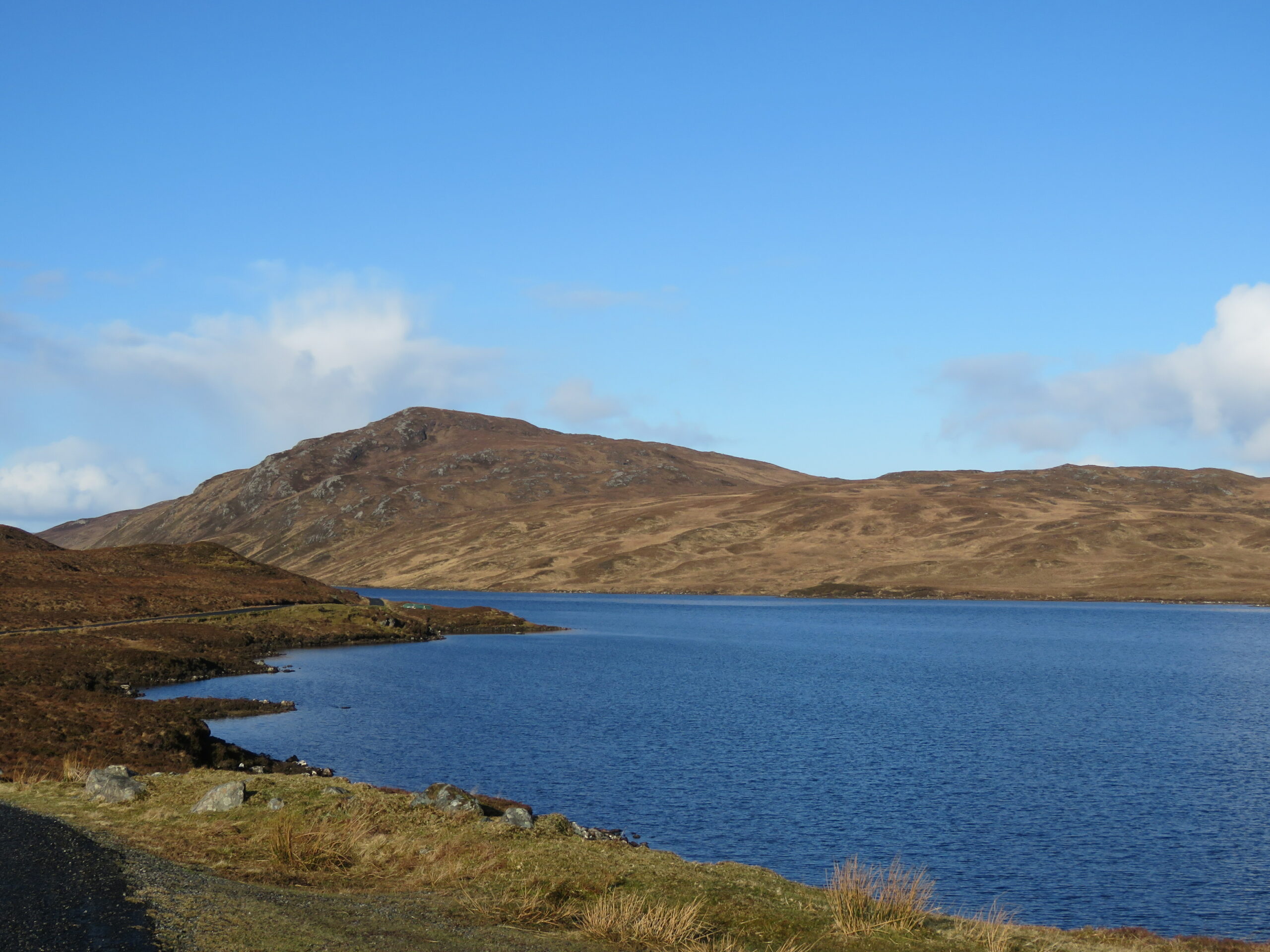Geology of the Isle of Lewis



The Isle of Lewis is a captivating destination for geologists and nature enthusiasts alike. The island’s geological history spans billions of years, offering a fascinating insight into the Earth’s evolution and how natural forces that have shaped this remarkable landscape.
Geological Origins
The Isle of Lewis is predominantly composed of Lewisian gneiss, which is among the oldest rocks in Britain, dating back approximately 2.7 to 3 billion years. This ancient rock provides the foundation of the island’s geological makeup. Over time, the island has experienced several geological events, including the formation of the Moine Thrust Belt, glaciation, and coastal erosion.
- Lewisian Gneiss
As the primary rock type of the Isle of Lewis, Lewisian gneiss is a metamorphic rock characterized by its banded appearance, consisting of layers of varying minerals. The formation of Lewisian gneiss began in the Archean Eon, under extreme pressure and temperature conditions deep within the Earth’s crust. Over billions of years, the rock has been exposed through tectonic processes and erosion, revealing its unique structure and composition.
- Moine Thrust Belt
Approximately 430 million years ago, during the Caledonian Orogeny, the Moine Thrust Belt formed as a result of the collision between the ancient continents of Laurentia and Avalonia. This tectonic event caused layers of rock to be thrust over one another, creating a complex series of faults and folds. The Moine Thrust Belt is significant in the geological history of the Isle of Lewis, as it marks the boundary between the Lewisian gneiss and the younger Moine rocks to the east.
- Glaciation and Ice Age Landforms
During the last Ice Age, which peaked around 20,000 years ago, the Isle of Lewis was covered by vast ice sheets. As these ice sheets retreated, they left behind a range of glacial landforms, such as U-shaped valleys, glacial erratics, and moraines. The legacy of glaciation is evident in the island’s landscapes, characterized by its rugged coastlines and dramatic sea cliffs.
- Coastal Erosion
The Isle of Lewis’s coastline has been shaped by the continuous action of waves, wind, and tides. Over time, these forces have eroded the rocky coast, carving out sea stacks, arches, and caves. The Butt of Lewis, the northernmost point of the island, is a striking example of coastal erosion, featuring towering cliffs and dramatic wave-cut platforms.
Human Habitation and Cultural Evolution
The Isle of Lewis has a long history of human habitation, dating back to the Neolithic period, around 5,000 years ago. The island is home to numerous archaeological sites, such as the Callanish Standing Stones, which provide a glimpse into the lives of the island’s ancient inhabitants.
Over the centuries, the island has seen the arrival of the Celts, the influence of the Vikings, and the development of the unique Gaelic culture. Today, the Isle of Lewis is home to a vibrant community that cherishes its rich geological and cultural heritage.
The Isle of Lewis boasts a fascinating geological history that has shaped its stunning landscapes and unique cultural identity. From the ancient Lewisian gneiss to the more recent glacial landforms, the island represents a remarkable record of geological processes spanning billions of years. The Isle of Lewis serves as a testament to the extraordinary power of natural forces in shaping our world and provides a captivating destination for visitors.